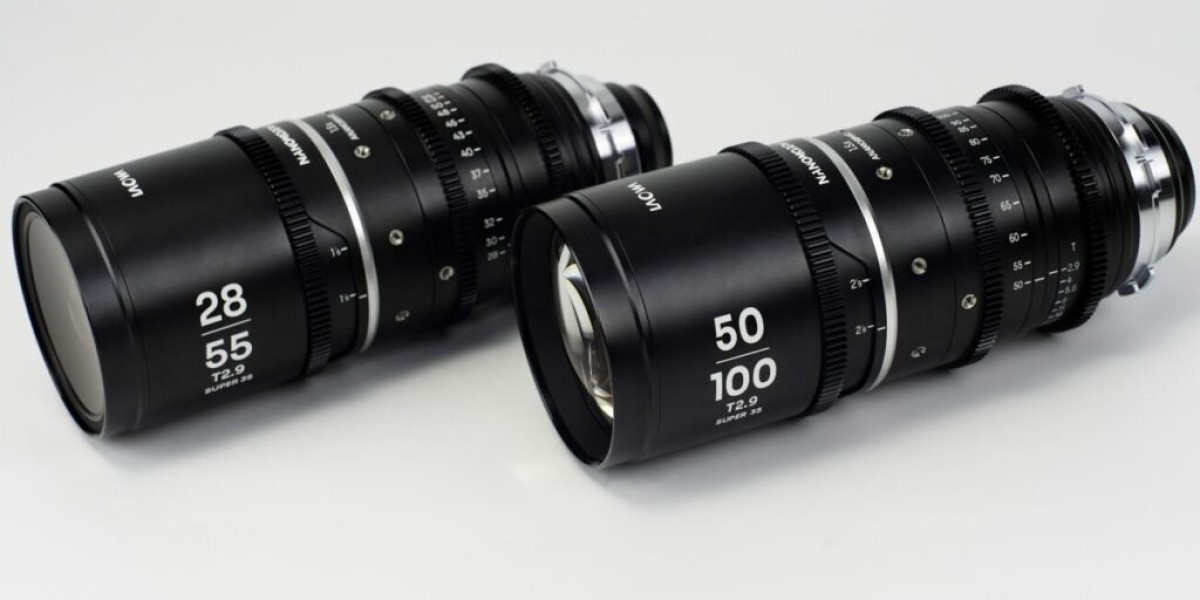Whips have been part of human civilization for thousands of years, evolving from simple tools of control into complex symbols of craftsmanship, culture, and tradition. Though often misunderstood and sometimes controversial, whips serve a variety of functions in different spheres, ranging from animal training and agriculture to ceremonial and sporting uses. This article explores the history, types, construction, and various uses of whips across the world.
A Brief History of Whips
The whip is one of the oldest tools known to man. Early civilizations used whips to herd animals, maintain discipline, and demonstrate authority. Archaeological evidence suggests that whips have been used since ancient Egypt, where they were depicted in tomb paintings as symbols of power and control, especially in the hands of pharaohs and overseers.
In ancient Rome, whips played a key role in managing livestock and slaves. The Latin word flagellum refers to a small whip, and from this word we get “flagellation,” a term associated with self-punishment and religious penance—practices that continued into the medieval era.
Over time, whips became more sophisticated, with regional styles emerging around the world. For example, the Australian stock whip was developed for controlling cattle on vast farms, while the bullwhip became synonymous with American cowboys and frontier culture.
Types of Whips
Whips come in various styles and sizes, each designed for a specific purpose. The most common types include:
1. Bullwhip
Perhaps the most iconic type of whip, the bullwhip consists of a long, tapering body and a short, flexible handle. When cracked, it creates a small sonic boom—a testament to the whip's speed breaking the sound barrier. Bullwhips were used by American cowboys for controlling livestock from a distance.
2. Stock Whip
Popular in Australia, the stock whip has a longer handle than the bullwhip and a detachable thong (the flexible part). It’s easier to use from horseback and is commonly used on ranches and in cattle mustering.
3. Snake Whip
This is a flexible whip without a rigid handle, making it more compact and ideal for carrying in small spaces. Its name comes from its sinuous, snake-like movement.
4. Signal Whip
Used in dog training and by competitive whip practitioners, signal whips are smaller and often used in sport or target practice. They are usually crafted from nylon and include a built-in fall and cracker.
5. Crop or Riding Whip
Shorter and stiffer, these whips are used in horseback riding to guide and discipline horses. They are typically made of fiberglass or plastic with a padded or braided exterior.
Materials and Construction
Crafting a high-quality whip requires skill, precision, and knowledge of materials. Traditional whips are made from tightly braided leather strips, often kangaroo hide (considered the gold standard due to its strength and lightness), cowhide, or rawhide.
The main components of a whip include:
Handle: The rigid part used for holding and control.
Thong: The long, tapered, braided portion.
Fall: A single piece of flexible leather attached to the end of the thong.
Cracker (or Popper): A small twisted piece that produces the whip’s signature crack.
Modern whip makers also use synthetic materials like nylon, which are more resistant to weather and easier to maintain. Nylon whips are popular in performance arts and recreational activities.
Uses of Whips
Whips have evolved into tools and symbols with multiple roles:
1. Agriculture and Ranching
Historically, whips were essential tools for herding and controlling livestock. Their loud crack could direct or stop animals from afar without physical contact.
2. Martial Arts and Performance
In martial arts, particularly in Chinese traditions, whips are used in training and demonstrations. In circuses and performance arts, trained whip artists perform tricks, target routines, and even choreographed duels.
3. Sport and Target Practice
Whipcracking has become a competitive sport in countries like Australia and the United States. Practitioners perform routines involving speed, rhythm, accuracy, and trick shots.
4. Ceremonial and Cultural Uses
In some cultures, whips are part of traditional dances, ceremonies, or religious practices. For instance, the cracking of whips is part of certain European festivals and parades.
5. Self-Defense and Weaponry
While less common today, whips have been used historically as weapons. Their speed and force could cause significant pain or disarm an opponent.
Whips in Popular Culture
Whips hold a prominent place in popular culture. One of the most famous representations is the bullwhip-wielding Indiana Jones, portrayed by Harrison Ford. The character uses the whip not only as a weapon but also as a versatile tool for climbing, swinging, and grabbing objects.
In literature, film, and art, whips are often symbols of authority, danger, or power—sometimes controversially. They appear in everything from historical dramas and westerns to fantasy and sci-fi.
Ethical Considerations
As society becomes more conscious of animal welfare, the use of whips in training or sport has come under scrutiny. While many professionals advocate for humane, non-contact use of whips—where the sound, not the strike, is the deterrent—some critics argue for their complete removal from animal disciplines.
Organizations and trainers now emphasize positive reinforcement and avoid the physical use of whips altogether. In many countries, laws regulate the use of whips in sport and farming to prevent abuse.
Conclusion
The whip is a tool with deep historical roots and diverse applications. Whether seen as a farmer’s necessity, an artist’s instrument, or a cultural symbol, the whip has maintained its place in human society for centuries. Its evolution from a tool of control to one of skillful art reflects not only advancements in craftsmanship but also shifts in societal values.
For collectors, performers, and historians alike, whips represent a blend of function, tradition, and finesse—a reminder of how even the simplest of tools can hold deep cultural significance.








